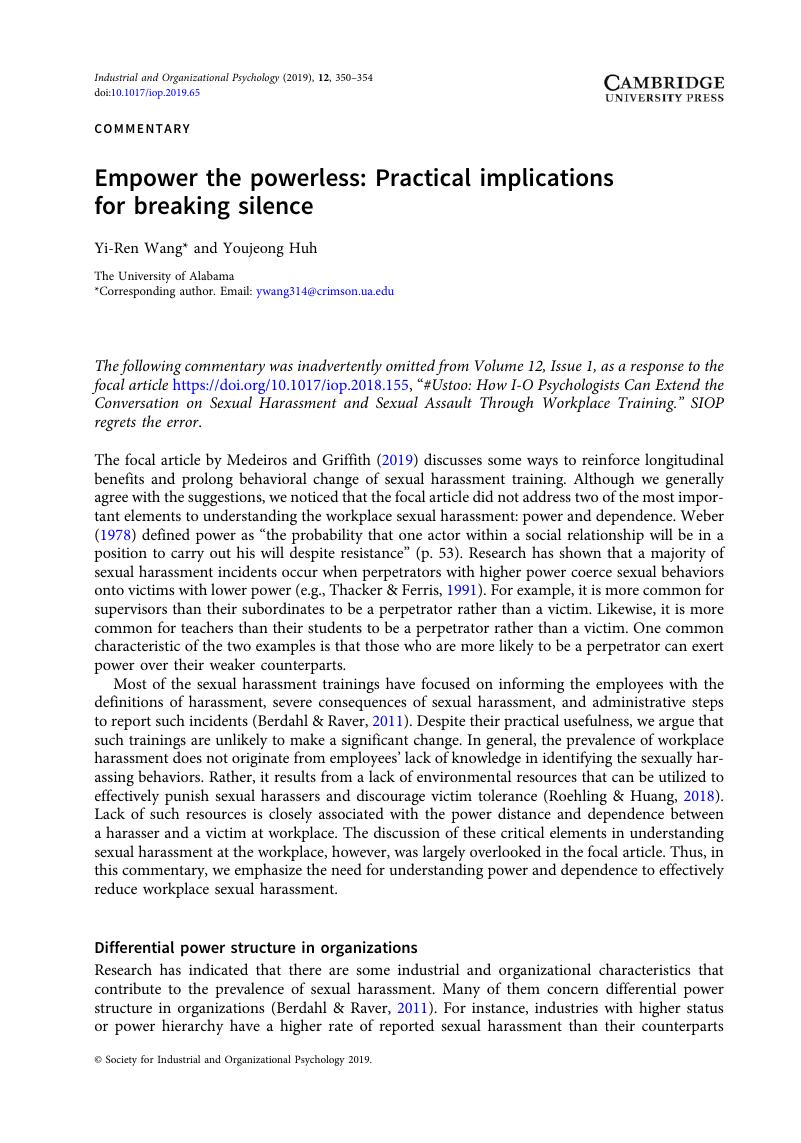Crossref Citations
This article has been cited by the following publications. This list is generated based on data provided by Crossref.
Sisco, Stephanie
2023.
The Palgrave Handbook of Critical Human Resource Development.
p.
219.
Asselineau, Alexandre
Grolleau, Gilles
and
Mzoughi, Naoufel
2024.
Quiet environments and the intentional practice of silence: Toward a new perspective in the analysis of silence in organizations.
Industrial and Organizational Psychology,
Vol. 17,
Issue. 3,
p.
326.



